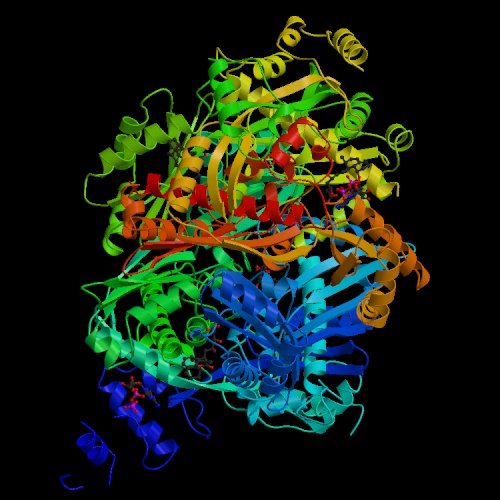
Regulation of Cholesterol
The synthesis and utilization of cholesterol must be tightly regulated in order to prevent over-accumulation and abnormal deposition within the body.
Biological

HMG-CoA Reductase: http://www.macchess.cornell.edu/MacCHESS_publications/Deisenhofer_Istvan_01.html
HMG-CoA
Reductase,
the rate-determining step on the pathway for synthesis of cholesterol, is a
major control point.
Short-term
regulation
Long-term
regulation
of cholesterol synthesis is by varied formation
and degradation
of HMG-CoA Reductase and other enzymes of the pathway for synthesis of
cholesterol.
Medical

http://atkins.com/Archive/2001/12/13-350452.html
Changes
in diet, lifestyle and exercise can help lower and maintain levels of LDL blood
cholesterol. However, in some cases other factors such as genetics make the use
of drugs necessary to treat the problem.
The
statins
work
within the liver to directly prevent the formation of cholesterol by inhibiting
HMG-CoA reductase.
The
resins bind bile acids, causing the liver to produce more of them and
metabolising cholesterol in the process.
The
fibrates
lower triglycerides and LDL levels and can increase HDL levels.
They have been found to reduce the risk of a second heart attack